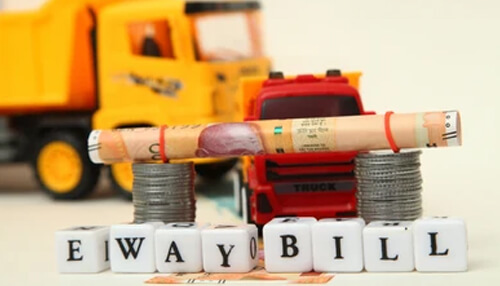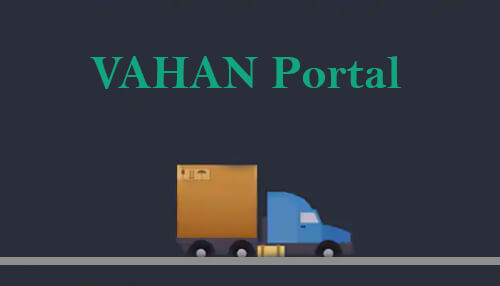The government of India has decided to link the e-way bill site to the VAHAN system, so as to increase compliance and make the tax administration process more efficient. A pilot program of this integration is already being tested in Karnataka. However, in order to understand this better and know what the benefits of this integration will be, let’s understand the VAHAN portal in detail and why is it crucial to integrate it with e bill service.
VAHAN portal
“VAHAN” portal is the national register for essential vehicle-related information. This project of the Ministry of Road Transport and Highways serves as a central repository. To search any vehicle related information on the portal, you can do the e way bill login and then choose either of these parameters:
- Registration Number of the vehicle
- Unique number of Engine and Chassis
There are many services that the VAHAN portal offers, including permit issuance and renewal, vehicle registration, fitness certificate renewal and issuance and renewal, state tax computation and payment, and challan issuance to name a few.
Integration of e-way bill with VAHAN portal
When an e-way bill is created, the VAHAN portal and e-way bill are connected to validate the registration number of the vehicle, using the e way bill registration. The vehicle’s information can then be confirmed on the VAHAN track before it is added to the EWB. With this method, generating an e-way bill in the future using the same vehicle registration number can be prevented.
Here are some of the possible alerts and scenarios that can occur when integrating an e-way bill with the VAHAN portal:
1. Vehicle Number unavailable
The VAHAN portal displays an error when the vehicle number cannot be found in their database and such vehicle numbers may be permitted only once on the e-way bill gateway. This can easily be sorted by updating the vehicle information at the RTO.
2. Vehicle Registration valid for a limited time only
If the taxpayer is using a temporary license plate while transporting products in the vehicle, then the EWB doesn’t check vehicle information. Hence, the taxpayer can begin e-way bill with TR in this scenario and then input their temporary vehicle number.
3. Vehicle Registered in more than one RTO
These types of multi-registered vehicles often face login issues eventually. Even if the gateway has accepted the Vehicle number at first, it will not allow the user to login again. The vehicle owner can quickly visit the RTO and get the information rectified. As soon as the information is modified on the VAHAN portal, it will reflect on the e-way bill system as well.
4. Vehicle details only available on VAHAN, not EWB portal
If the taxpayer’s vehicle details are unavailable on the EWB portal then they can do a quick e way bill login to connect with the concerned authorities or contact helpdesk and file complaint.
In conclusion:
Integration of the e-way bill with the VAHAN portal is crucial as it will allow the government to increase compliance and tax administration. Digital records make it easier and quicker to verify information of the tax payer and this integration is a new step in that direction, which will make the whole process hassle-free and more efficient for the government and the tax payer.



